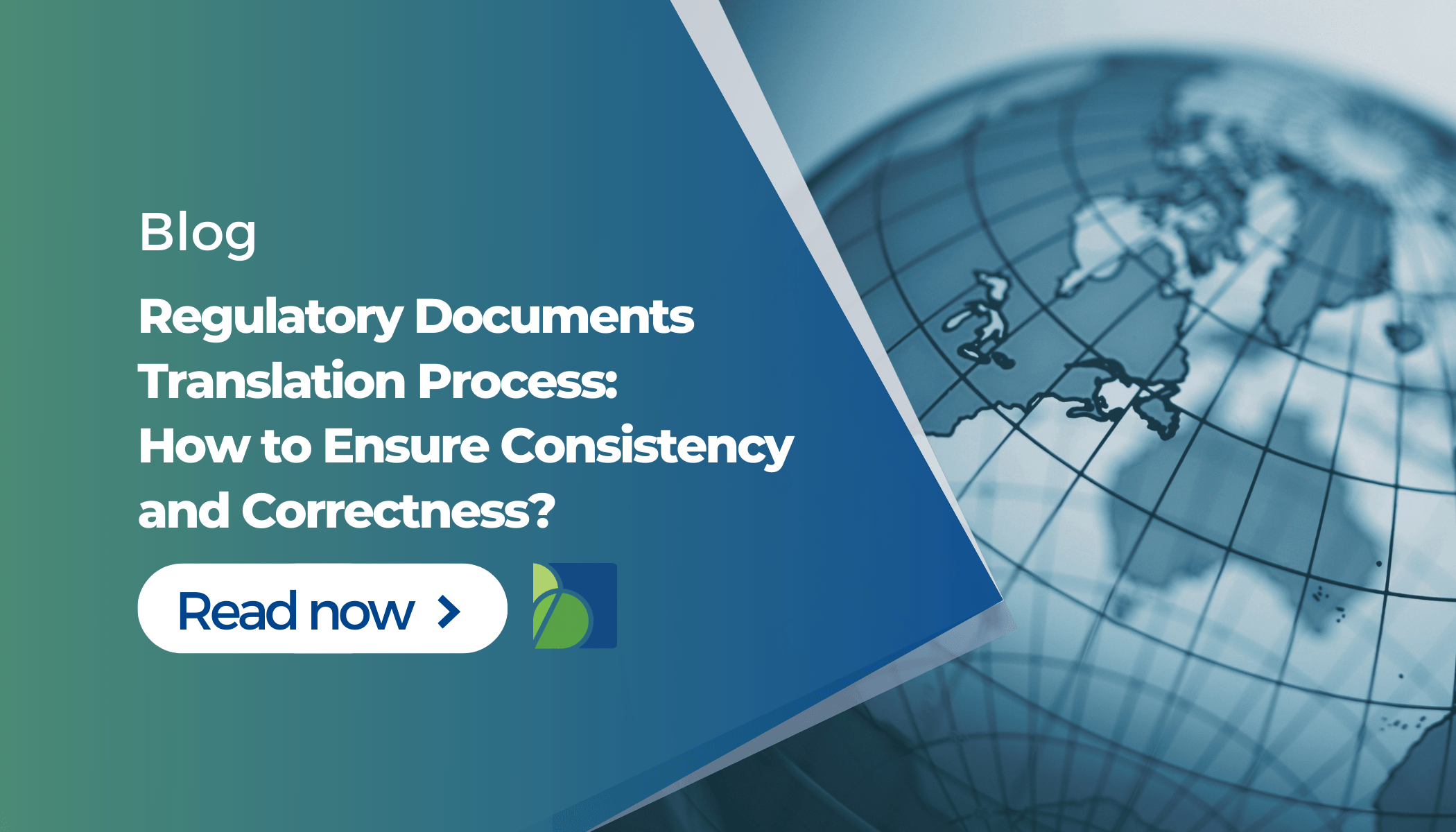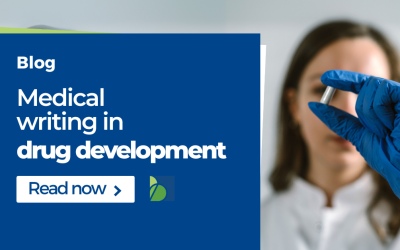Mistranslation of regulatory documents such as common technical documents dossiers, a summary of product characteristics, labelling, product information leaflets and instructions for use, could have a negative impact for the company and most importantly could lead to serious consequences to a patient’s health. In 2007, as a result of inaccurate translation, 47 patients had badly implanted knee prostheses. An outer package labelled in English included the information that the femoral component was „non-modular cemented,“ which was incorrectly translated to German as „non-cemented“ or „without cement“ (1). Erroneously implanted femoral components for total knee replacements in a non-cemented fashion caused pain and suffering for patients, and they had to go through a second knee replacement surgery. Also, the device manufacturer had to pay large compensation claims. So, how to avoid translation errors, ensure consistency and correctness?
Choose the Translator Wisely
According to International Medical Interpreters Association (IMIA), medical documents should be translated by professionals who have „a native or near-native, formal level of language proficiency, analytical capabilities, and deep cultural knowledge in the source and target languages“ (2).
Professionals with degrees such as MDs and PhDs in all major areas of life sciences, medicine and the pharmaceutical sector are mostly familiar with specific medical terminology. Besides, qualified translators have specific knowledge that allows to understand the context and ensure accurate medical translation.
It is important to note that having a degree is not enough. The translator should have undergone appropriate training and have a strong experience in the translation field, with writing and linguistic skills (3). Furthermore, the translator should specialize in the regulatory field and should be familiar with the guidelines of EMA (QRD templates) and the requirements of national authorities (4).
Determine the Intended Audience
Depending on who will receive a translation, a healthcare professional or a consumer, writing style, syntax, terminology usage may differ. For example, Summary of Product Characteristics (SmPC) and Patient Information Leaflet (PIL) are documents that must be supplied by the pharmaceutical company seeking authorization to market the medicine in the EU. SmPC document is an expert-to-expert text which describes contents, side effects etc. for a professional readership using expert terminology. PIL is a text intended to be used by patients according to guidelines provided by EMA (5). PILs must be legible, clear and easy to read in all EU languages. Strict literal translations from the original language may lead to unnatural phrases present in the text, resulting in a package leaflet which is difficult for patients to understand. The translation should be meaning for meaning, rather than word for word. It should be precise, accurate, natural and correct in terms of language use: syntax, grammar, spelling, and terminology (3).
[ngg src=”galleries” ids=”23″ display=”basic_thumbnail” override_thumbnail_settings=”1″ thumbnail_width=”600″ thumbnail_height=”600″ thumbnail_crop=”0″]
Ensure the Quality of a Translated Text
Proofreading is one of the mandatory steps that should be performed after the final translation is received. The reviewer should have equal qualifications and credentials as the original translator or even have significantly more experience and perhaps a higher educational level. The final proofreading should be conducted by somebody with an expert level knowledge of translation standards and formatting rules in the target language.
“The translation should be meaning for meaning, rather than word for word.”
Proofreading should be done using a careful comparison of the two language versions. The translation should be proofread for its compliance with the purpose, readers needs, clients instructions, accuracy, information transfer and linguistic quality (6). The proofreader should check if abbreviations, eponyms, medical language (Latin) is in line with standard terminology that is found in databases such as EDQM termbase, MedDRA. This step ensures that any errors that could have been done by the translator will be detected and corrected.
If you want to get more information about the consistency and correctness of regulatory documents translation, contact us!
Karolina Mickute, MPharm
Regulatory Affairs Assistant
Biomapas
References:
- Fakler, J. K., Robinson, Y., Heyde, C. E., & John, T. Errors in handling and manufacturing of orthopaedic implants: the tip of the iceberg of an unrecognized system problem? Patient Safety in Surgery. 2007; 5.
- Txabarriaga, R. IMIA guide on medical translation. International Medical Interpreters Association. January 2009. 2009.
- Jensen, M. N., & Zethsen, K. K. Translation of patient information leaflets: Trained translators and pharmacists-cum-translators–a comparison. Linguistica Antverpiensia, New Series–Themes in Translation Studies. 2012; (11).
- Product-information templates, EMA.
- Guideline on the readability of the labelling and package leaflet of medicinal products for human use. European Commission. 2009.
- Karwacka, W. Quality assurance in medical translation. The Journal of Specialised Translation. 2014; 21:19-34.











